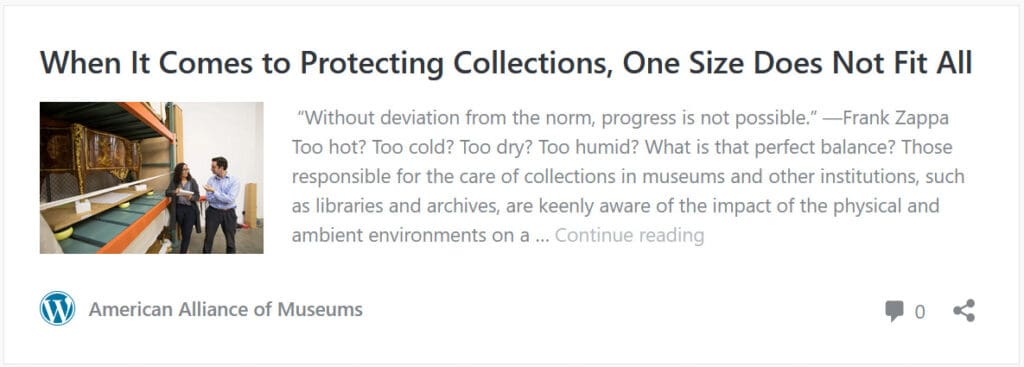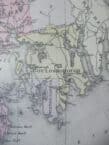Stewardship Note

Intro to Collections Care Best Practices
- Watch the workshop video by Julia Gray.
- Scroll through the DRAFT History Trust best practices document.
- 30/70 temperature/humidity question answered.
- Go to: Preserve Collections History Trust Resources.
Governing Council Workshop, September 13, 2021.
You may follow along in the draft document found below the video.
DRAFT History Trust Collections Care Best Practices
30/70 Rule Questioned
Following the presentation one member representative asked, “What information can I use to convince my board that we do not need to keep our storage area at 70 degrees all winter?” Julia responded with a few key points, having researched this complicated and much debated topic a fair amount.
- Lower temps almost always mean better, longer preservation of almost all museum collections materials, as long as kept above freezing and relatively stable.
- Collections have adapted to your building over the time they have “lived” there, so if the building has been shut down and cold during the winter for a long time, most of your collection is pretty used to that.
- It is fine to turn down the heat for the winter, but do it gradually. For example, turn the thermostat down a few degrees every few days, rather than all at once. But keep it at a temp humans can handle for whatever amount of time humans will be in there during the winter, because turning it back up each time someone comes in is not ideal. So if you keep it at 70 degrees during the open season, consider 55-60 degrees in the winter (and dress warmly). Also very important- when you start to turn it back up in the spring, also do this gradually!
- For relative humidity, in most historic buildings on the coast of Maine, there is only so much we can do. The goal should be to keep it below 70% and as stable as possible. Very low humidity can be a problem for certain things, like painted wood or wood inlay. But most historic objects in Maine have been experiencing very low humidity in the winter for decades or centuries, and will be better off with the gradual seasonal change (within reason) than with having a system that keeps the RH at 50%, but breaks down mid-winter and the relative humidity suddenly plunges to less than 20%.
- It is also worth noting that trying to maintain tight temp and RH in a historic building, where the outside environment that the building is used to is very different, can actually harm the building, and if you are in a significant historic structure, that structure should be treated as part of your collection.
And here are some additional resources related to sustainable preservation, and changing understandings in the field.
More Care Resources



